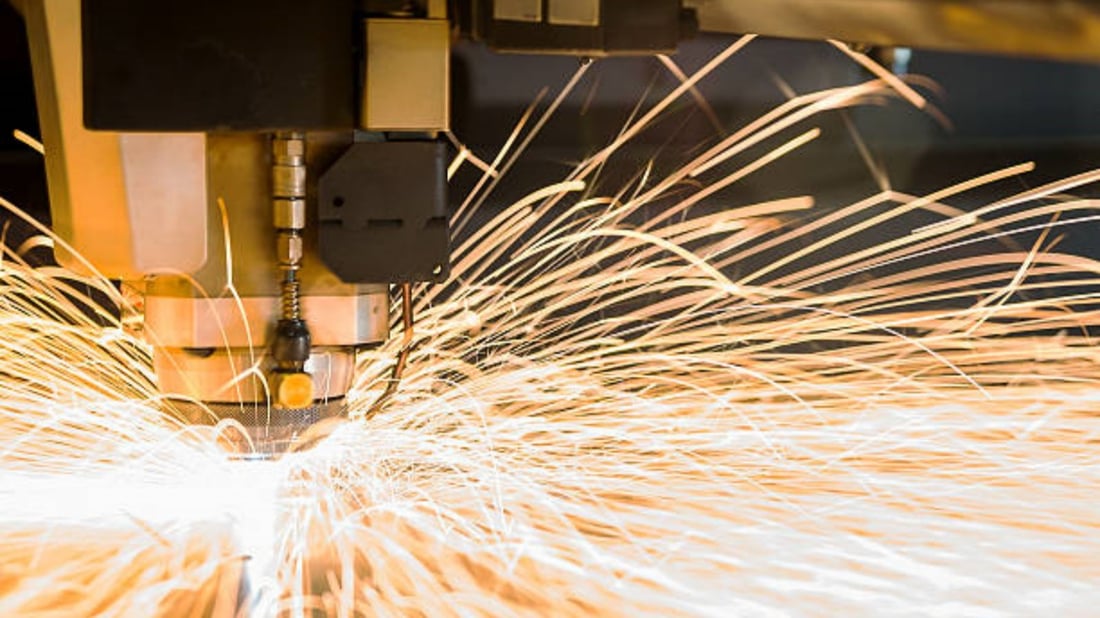The debate of whether to use a CNC router or laser system for cutting, engraving, and carving continues to rage in the world of manufacturing and DIY enthusiasts. The good news is that both machines can produce high-quality results, depending on the application. In this article, we’ll take a closer look at some pros and cons of using CNC routers and laser systems to help you determine which option is better suited for your project.
1. Precision:
When it comes to precision, both CNC routers and laser systems are capable of generating high-quality cuts, depending on the project’s complexity. CNC routers achieve precision by using a spinning tool that removes material from a solid stock, while laser systems rely on a laser beam to cut through or etch materials. While CNC routers are preferred for cutting harder materials (like wood, plastics, and metals) with intricate designs that require extreme precision, laser machines are best suited for materials that can be melted from high heat.
2. Speed:
CNC routers rely on a spinning tool with a high torque to create cuts and grooves through materials. Depending on the hardness and size of the material, CNC routers can produce cuts at a speed of up to 100 inches per minute. On the other hand, laser systems use a concentrated beam of light to cut through materials’, producing cuts at an average rate of up to 60 inches per minute. CNC routers remain the best alternative for large cut material requiring consistent cuts, whereas laser systems are better suited for small projects with intricate designs that require a lesser speed of cut.
3. Material Type:
CNC routers are better suited for cutting hard materials like metals, hardwood, and plastics, while lasers excel at cutting soft materials that don't require excessive heat, including foam, cardboard, paper, and some woods. CNC routers can also carve intricate designs into harder materials like metals, while lasers are better suited for engraving detailed patterns and customized logos onto surfaces with a softer material.
4. Safety:
CNC routers can be risky to use, particularly if you're working with harder materials that require a faster cutting speed. The spinning tool and high torque can produce fragments that can harm you, so it's important to take precautions such as using goggles and safety gear. Laser machines also pose a risk, especially when working with high-watt lasers. The concentrated beam of light can produce burns and start fires, emphasizing the importance of wearing goggles and using safety equipment.
5. Durability:
CNC routers are hardy machines designed to last long, provided they are well maintained and serviced regularly. The router’s motor and cutting tool are built to handle heavy use, which can last for years. Laser machines, on the other hand, have a shorter lifespan and require regular maintenance. Because laser systems rely on mirrors that direct laser beams to the material, the mirrors require replacement after some years of continuous use.
6. Precision:
CNC routers produce high-quality cuts and grooves with absolute precision, depending on the complexity of the project. CNC routers rely on a motor or spindle for power, whereas laser systems require a high-power generator to create the beam of light. While both machines are precise, CNC routers provide better results when working with larger cutting projects that require accuracy and consistency.
7. Affordability:
CNC routers are generally more affordable than laser systems of similar complexity and power. CNC routers have a more straightforward tooling system, which often consists of just one spinning bit or tool, making them a cost-effective option for those on a tight budget. Laser machines require more complex and expensive components, including high wattage lasers and mirrors to direct the laser beam’s path, making them more expensive as compared to CNC routers.
8. Noise and Residue:
CNC routers are known for producing a considerable amount of noise that can disrupt an entire workspace. Because the tool generates a lot of dust and debris while cutting through materials, it's important to maintain a clean workspace and utilize noise-dampening features like noise-canceling earmuffs. Laser machines, on the other hand, produce less noise and release few, mainly small debris. However, they produce a lot of toxic fumes that can cause health hazards, especially if the laser system is enclosed and has ventilation issues.
9. Level of Automation:
CNC routers are highly automated machines that can run round-the-clock, provided the right feed rate and cutting speeds have been established at the beginning of the project. This will ensure the router can produce cuts with absolute precision. Laser machines also have highly automated functions and can program specific cuts and grooves, streamline production, and require minimal operator input. Therefore, choosing the best option between CNC routers and laser systems depends on the required level of automation for the project.
10. Portability:
CNC routers are generally larger than laser machines, especially if they have a bed that can be raised to accommodate larger pieces of stock. Laser machines are more compact and can be portable than CNC routers, making them a good choice for small shops or home-based businesses. So consider portability when deciding which machine, CNC router or laser, is the best alternative for the project at hand.

